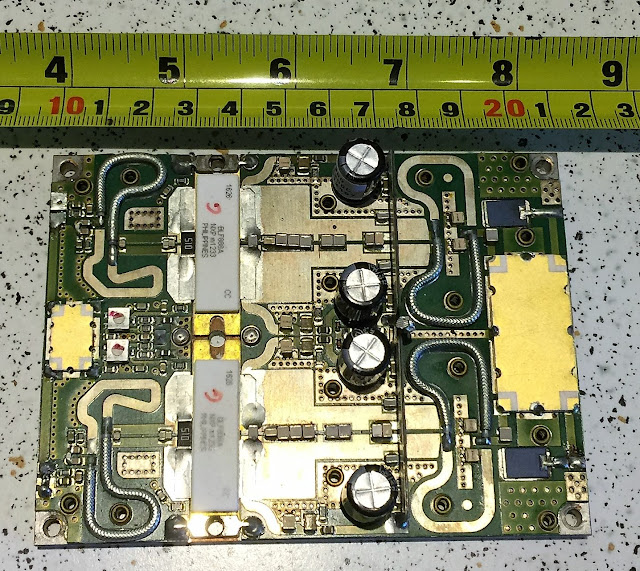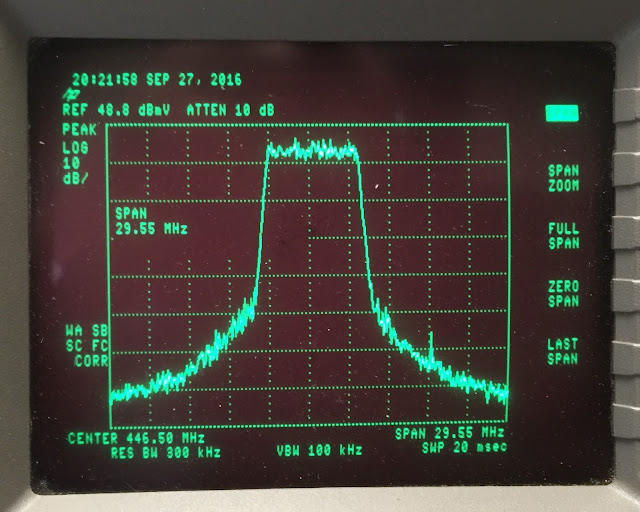Modifying cavity filters for DATV TX or for repeaters

Modifying cavity filters for DATV TX or for repeaters Introduction I am currently doing further work on using notch cavity filters for DATV DVB-T transmitters. My earlier efforts were with what I had at hand and not knowing the solution; I (re)discovered that notch filters clean up DVB-T TX very well. However, it was at low power, 10 W, and high losses, >6 db because of the six cavities in a mobile duplexer. Here, I will report on modifying high power >100 W individual filters. In the next post I will report on using them and determining is just one pair are sufficient. The other goal of this post is to show how easy it is to modify older commercial filters for DATV or repeater use. Modifying cavity filters Old commercial filters are relatively easy to modify as the only thing that changes is the coupling loop, provided they are on frequency (not too hard to change that too!). Notch filters are the simplest as they use a single simple coupling, just a loop of metal. Old co








